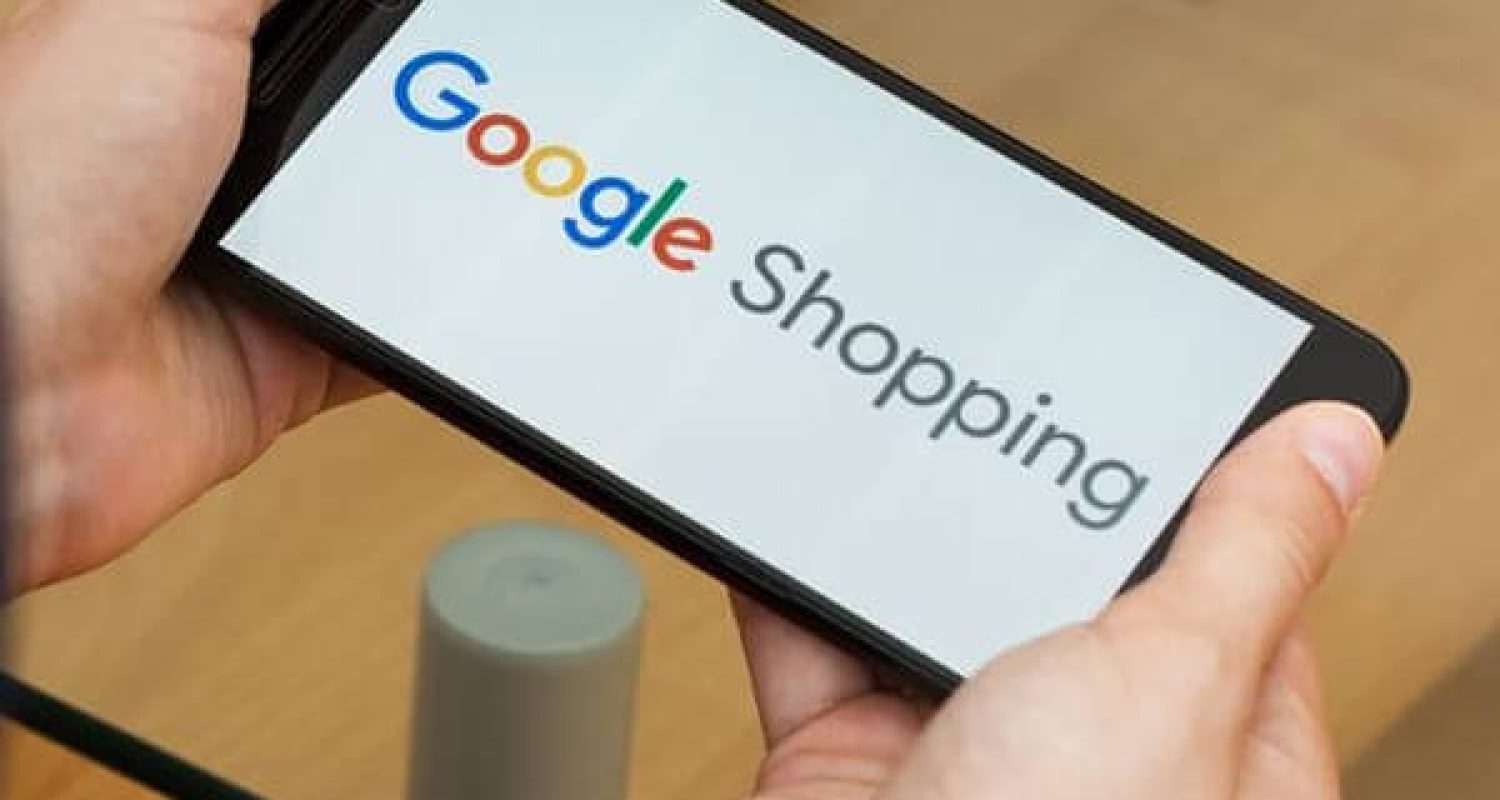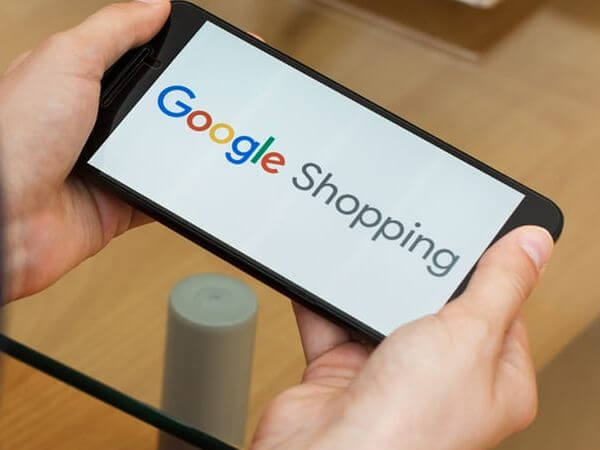Do you want to boost the performance of your Google Shopping campaign but aren’t sure how to go about it? Here are some pointers to help you make it to the results page.
Shopping advertising on Google accounted for more than half of all AdWords budgets paid by merchants in 2016. But why is this the case?
Google Shopping, on the other hand, is a well-known platform that businesses have been utilizing for years to share their products/services with more clients and generate more revenue for themselves. Its one-of-a-kind layout and addicting design make it simple for buyers to find what they’re looking for, while companies can showcase the finest of what they have.
If you want to develop your business through Google Shopping, you need to understand how to make the platform work for your company. Continue reading if you want to learn how to perfect your Google Shopping campaign so that your company may succeed.
1. Begin with your product listings on your site.
You must learn the fundamentals of search engine optimization, just as you must understand everything else that has to do with Google. If you aren’t already an expert in search engine optimization, you should become one in the near future.
The bottom line is that you must ensure that your product listings are compatible with Google’s recognition and ranking mechanism. The product’s photos, titles, and description may not appear when people are searching for it if you do not optimize them for search engines. And, if you want to sell the goods, you must make certain that it appears in search results as well.
Let’s take a look at each of the issues you need to address.
Images that are very clear
It may not seem like a big deal, but you must have clear photographs that clearly depict the appearance of the thing you are trying to sell in order to be successful. If your prospective clients are unable to determine what the image symbolises, they will not be compelled to click on it (other than possibly trying to zoom in to figure it out).
Whether it’s through customer interaction or by looking at the image itself, Google can identify when something isn’t apparent to your potential consumers. If this occurs too frequently, your rating will be negatively affected.
Google does not want to recommend anything that may be misleading to its consumers, thus it does not recommend them. It may be necessary to reduce the backdrop or utilize a higher-quality camera in order to produce sharper photographs.
You should also keep these photos in mind if you’re planning to use Pinterest to promote your business. This is an excellent approach to reach a larger audience with your content and to experiment with different product photos.
Titles that are descriptive
When creating titles, you don’t want to make them too long, but you do want to make sure that you include the relevant terms, particularly the important keywords. You’ll also want to make sure that the most significant terms are at the beginning of the title because people who are looking for your product will view the first few words of the title before moving on to the rest.
A more detailed title will increase the likelihood of potential consumers clicking on it. Include descriptive adjectives that explain the substance and function of your product in your product names to make them more descriptive.
Descriptions that are informative
While adding common keywords that searchers may use when attempting to locate your product or a product comparable to it, it is essential that your product descriptions be as useful as possible.
In your keyword research, consider what you would put into a search engine to try to locate the product that you are offering. This can help you narrow down your options. Include those terms and words as much as possible in your product description. If you’re at a loss for what keywords to add, you may also consult a keyword explorer for assistance.
In addition, your product descriptions should include information that details the product in comprehensive and precise detail. This not only assists your clients in deciding the product(s) they want to purchase, but it also benefits you. You’ll also find that it helps you reduce the amount of inquiries you’re asked regarding your merchandise.
2. Make Your Products Into Groups
The ability to identify what a potential consumer is looking for is critical if that person is expressly wanting to purchase anything from your company, as described above. It is not possible to have your items distributed randomly across your product stream.
Google allows you to categorize things based on a variety of factors such as category, price, size, and more. We recommend that you categorize your products because this is often how buyers locate the items they are looking for on the internet.
The finest piece of advice we can provide you is to approach the situation from the perspective of the consumer. Make a list of the things you would want and expect if you were going to purchase anything from a company like yours.
If you’re having trouble figuring this out, you may have a peek at what your rivals are up to instead. While you shouldn’t imitate their layout or product presentation, you could be interested in seeing how they’ve planned out their assortment or displayed their items.
Product Research and Development
A/B testing is a technique used by some organizations. This is the stage at which they provide information in two distinct ways and see how their clients respond.
Consider the following scenario: you have two displays, A and B, that each showcase your items in a different way. Consider the following scenario: one presents the product against a white backdrop, while the other depicts the product in use.
It is possible to discover which arrangement your clients prefer by looking at the sales figures for both goods.
3. Keep track of the numbers on Google Shopping Campaign.
Fortunately, Google makes sifting through information simple. Google Analytics provides a detailed breakdown of your sales and conversions.
We recommend that you review your Google Shopping metrics at least once every two weeks. You should be able to establish your most popular items and your least popular ones based on these figures.
What impact will this have on your Google Shopping campaign? To be specific, you may modify your Google listings based on the information you obtain from Google’s tracking of your Online Advertising listing.
Examples of this include goods that aren’t doing well and may simply need to be deleted from your listings. If you prefer not to eliminate these goods, you may utilize the data to gain a better understanding of why they aren’t functioning as effectively as they should.
By keeping track of the stats, you may have a better understanding of how well your company is performing on Google Shopping.
Google Shopping Isn’t the Only Option
More than just your Google Shopping interface should be taken into consideration when it comes to advertising your business and staying one step ahead of your rivals, though. In addition to developing your brand and identity, our team at Makro Agency also offers a number of digital marketing services to help your company stand out from the competition.
If you have any questions, please do not hesitate to contact us. We are looking forward to working with you.





